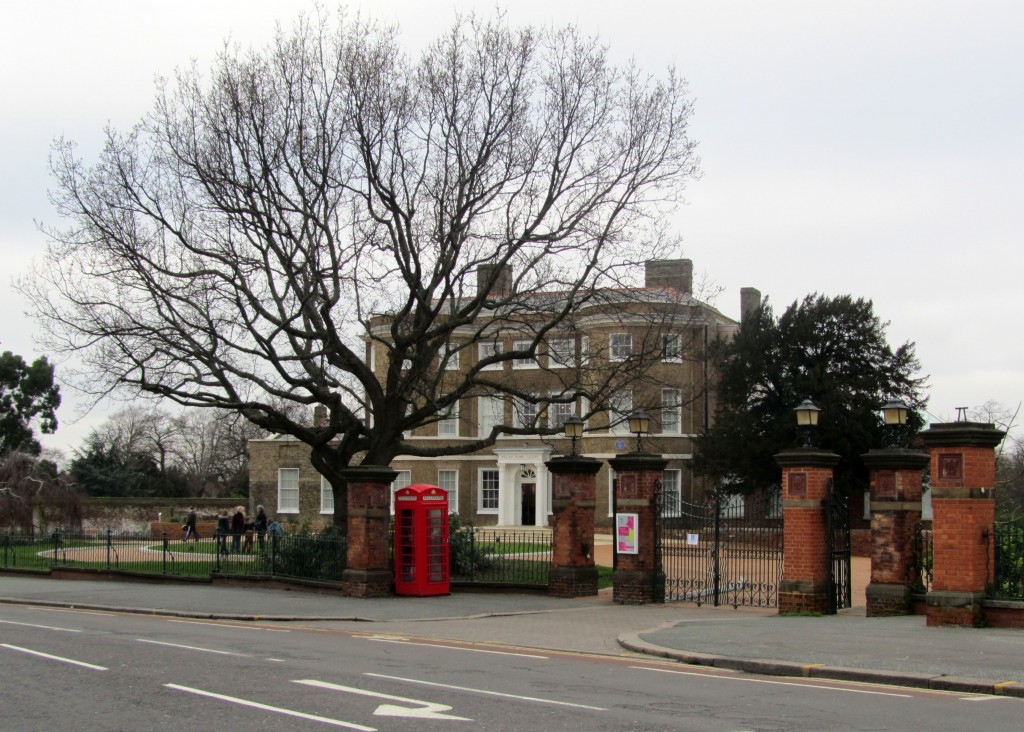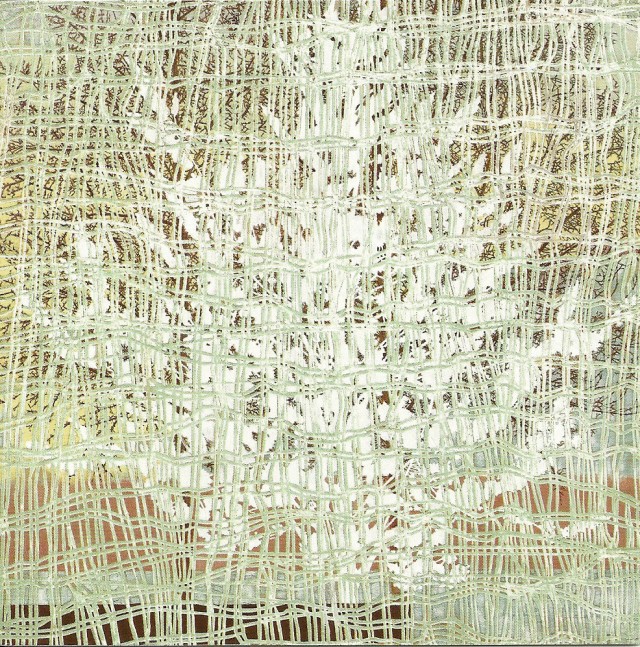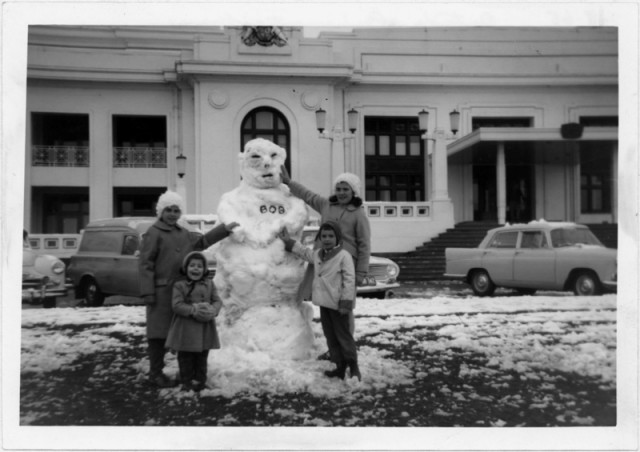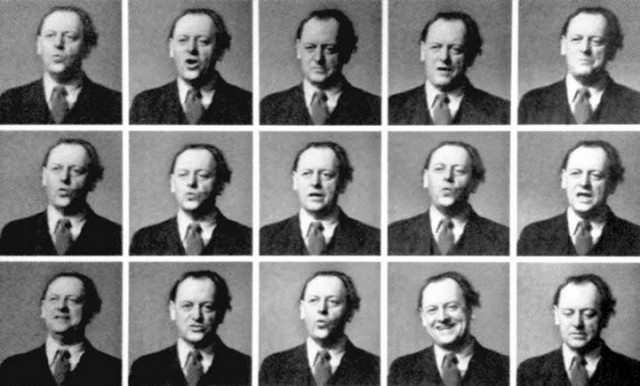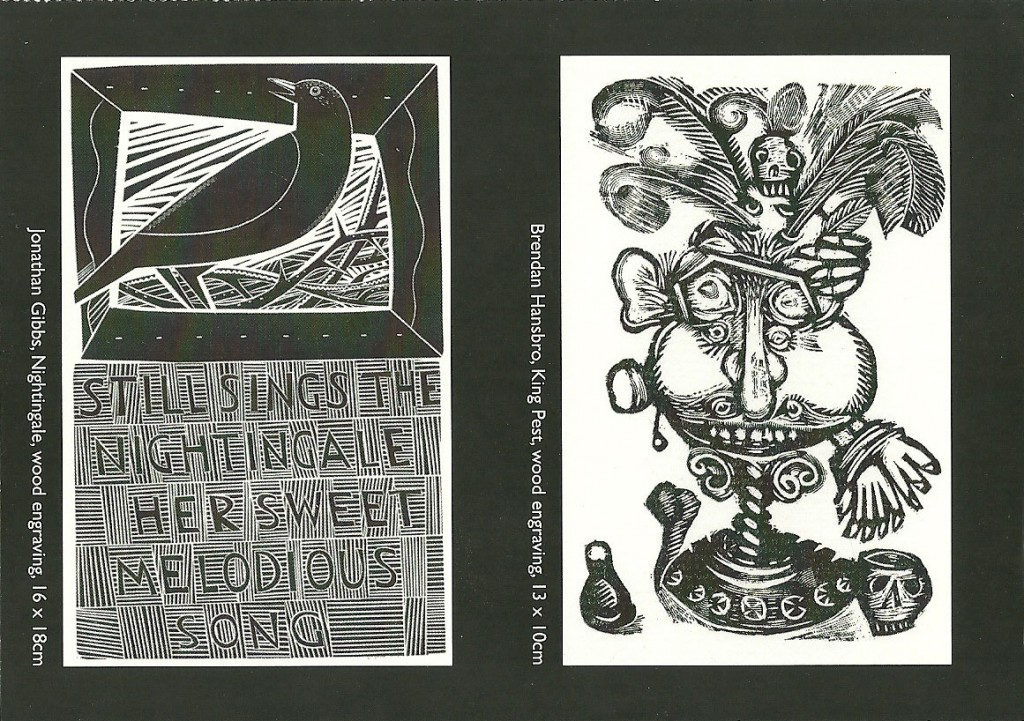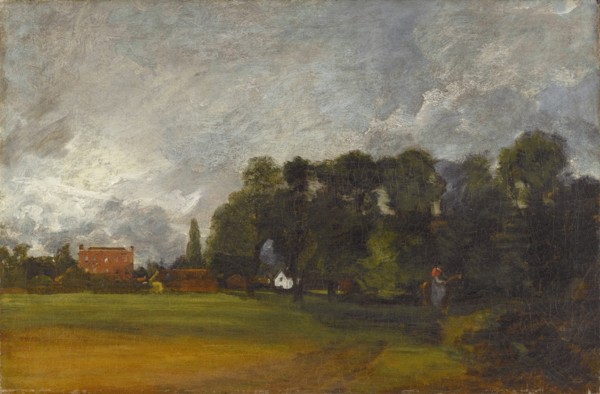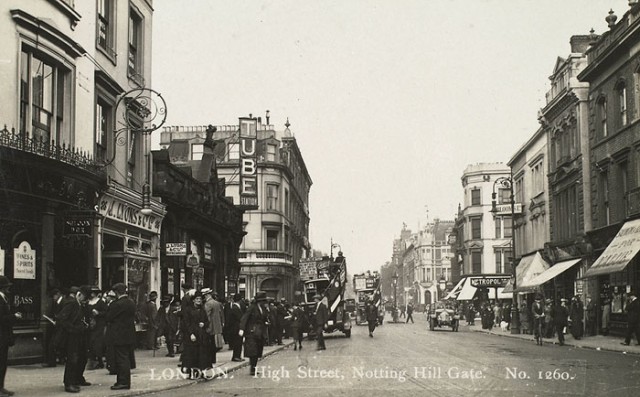The William Morris Gallery is at Water House in Lloyd Park, Forest Road, Walthamstow. William Morris was fourteen when his family moved here in 1848. They had downsized from Woodford Hall where William’s playground had been Epping Forest. At Water House he played in the grounds, particularly the moated island where he imagined there be dragons. Continue reading “William Morris Gallery”


